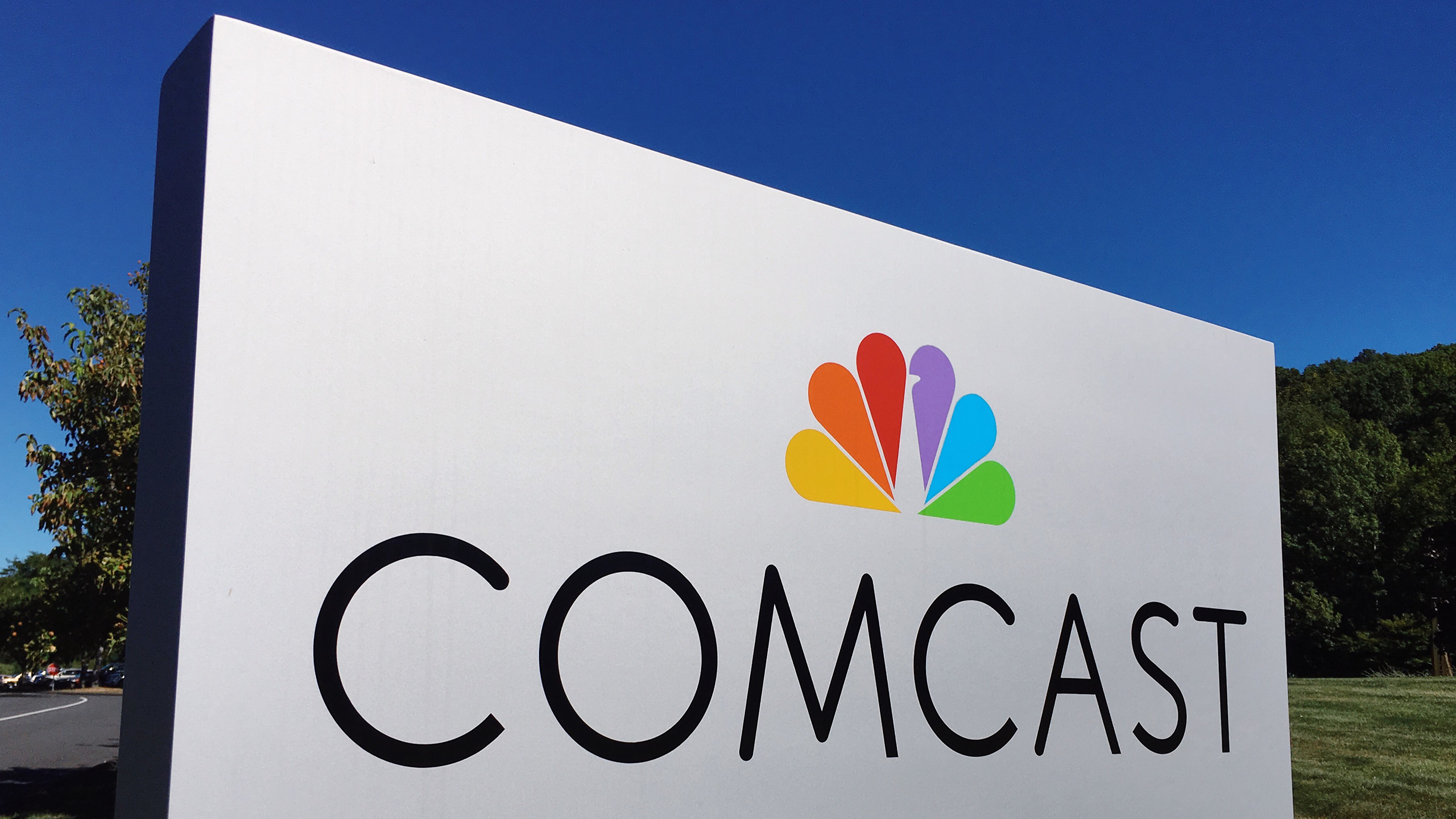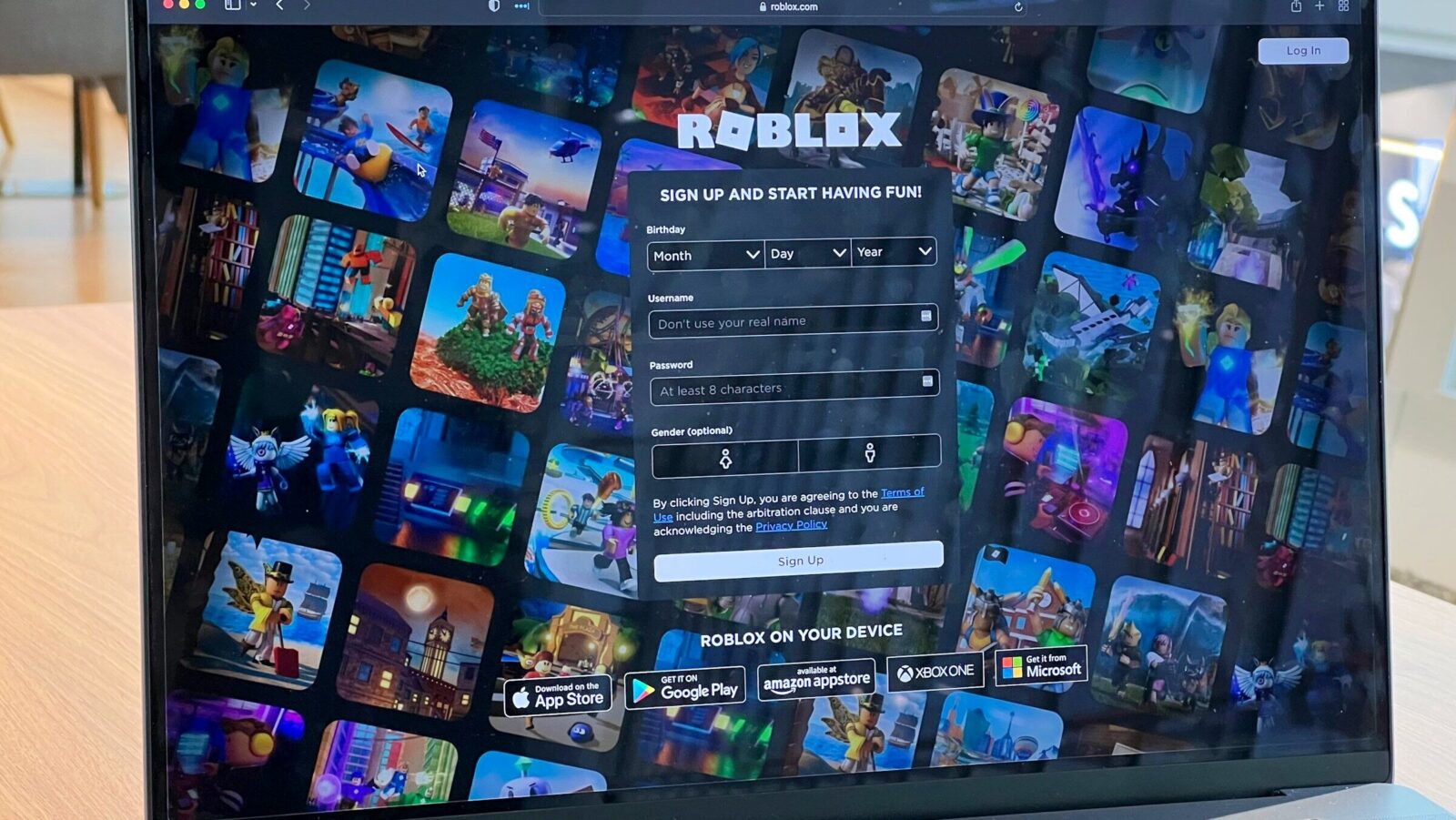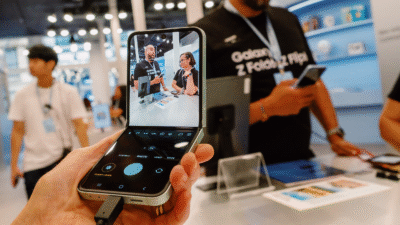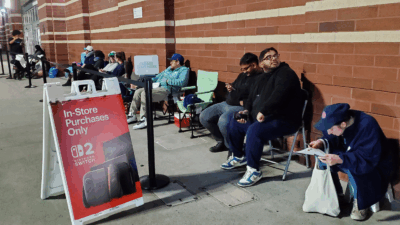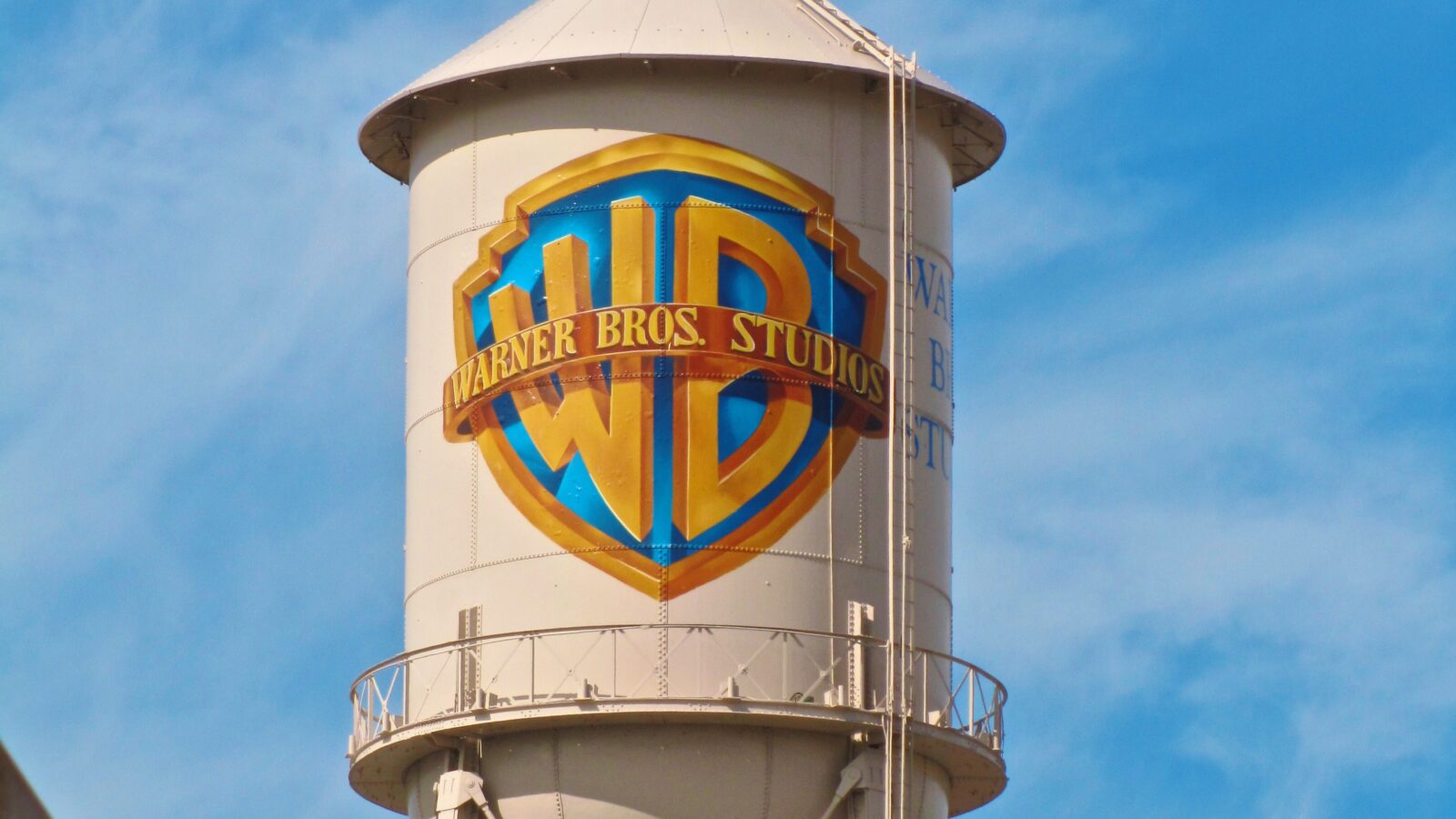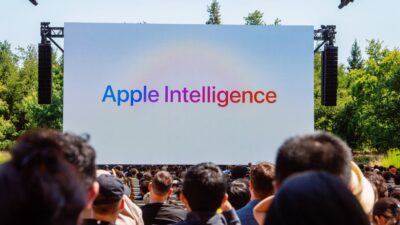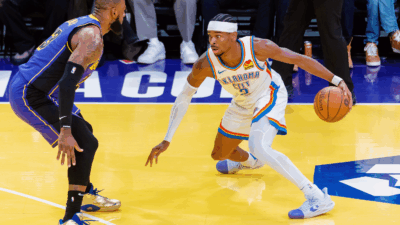Comcast is Building a Streaming Bundle with Peacock, Netflix, Apple TV+
Comcast announced it would soon launch a new bundle that would package together its streaming service Peacock with Netflix and Apple TV+.
Sign up for smart news, insights, and analysis on the biggest financial stories of the day.
Streaming is entering its 90’s phase: The Battle of the Bundles.
On Tuesday, Comcast announced it would soon launch a new bundle that would package together its streaming service Peacock with Netflix and Apple TV+ at a reduced price. The news comes just a week after Disney and Warner Bros. Discovery struck a similar alliance.
Channel Surfing
After years of siloed a la carte streaming services, Hollywood is falling back in love with the bundle, the model that made them all bank in the halcyon days of cable. The logic is pretty simple: “Amid an industry scramble to cut costs without sacrificing growth, the hope is that entertainment bundles will reduce subscriber churn and appeal to a broader audience base,” Jamie Lumley, sector analyst at Third Bridge, wrote in a LinkedIn post following last week’s news of the Disney+, Hulu, Max bundle.
Comcast’s bundle, dubbed the StreamSaver, is just the latest such attempt to employ the strategy. Still, there’s a big catch:
- When announcing StreamSaver at the MoffettNathanson conference in New York on Tuesday, Comcast CEO Brian Roberts said it will “come at a vastly reduced price to anything in the market today.” Currently, subscribing to the cheapest tiers of each of the three services would cost $22.97 per month (though in July, Peacock will bump the price of its ad-supported tier to $7.99).
- The catch? The bundle will only be available to Comcast’s broadband and TV customers, harkening back to the other form of bundles that used to rule the day — offers from telecom firms that packaged together internet, phone lines, and cable TV.
Tube Time: Peacock could use the boost. Nielsen launched its Media Distributor Gauge on Tuesday, a tool that tracks TV audience engagement by company across broadcast, cable, and streaming. Disney topped the chart for April, claiming 11.5% of total TV time. And while Comcast’s NBCUniversal came in third, at nearly 9%, Peacock claimed just 1.3% of audience TV time. YouTube, which operates without spending on costly professional productions, sat in the runner-up spot at 10%. And this only accounts for time watched on actual televisions — not phones, iPads, or laptops. Even more alarming for legacy media: For the first time next year, ad spending in the retail media sector is expected to surpass long-in-decline TV ad spending, including streaming, according to GroupM. If you ever wondered whether it was an asteroid or an ice age that killed the dinosaurs, we humbly suggest that it may have been both.
